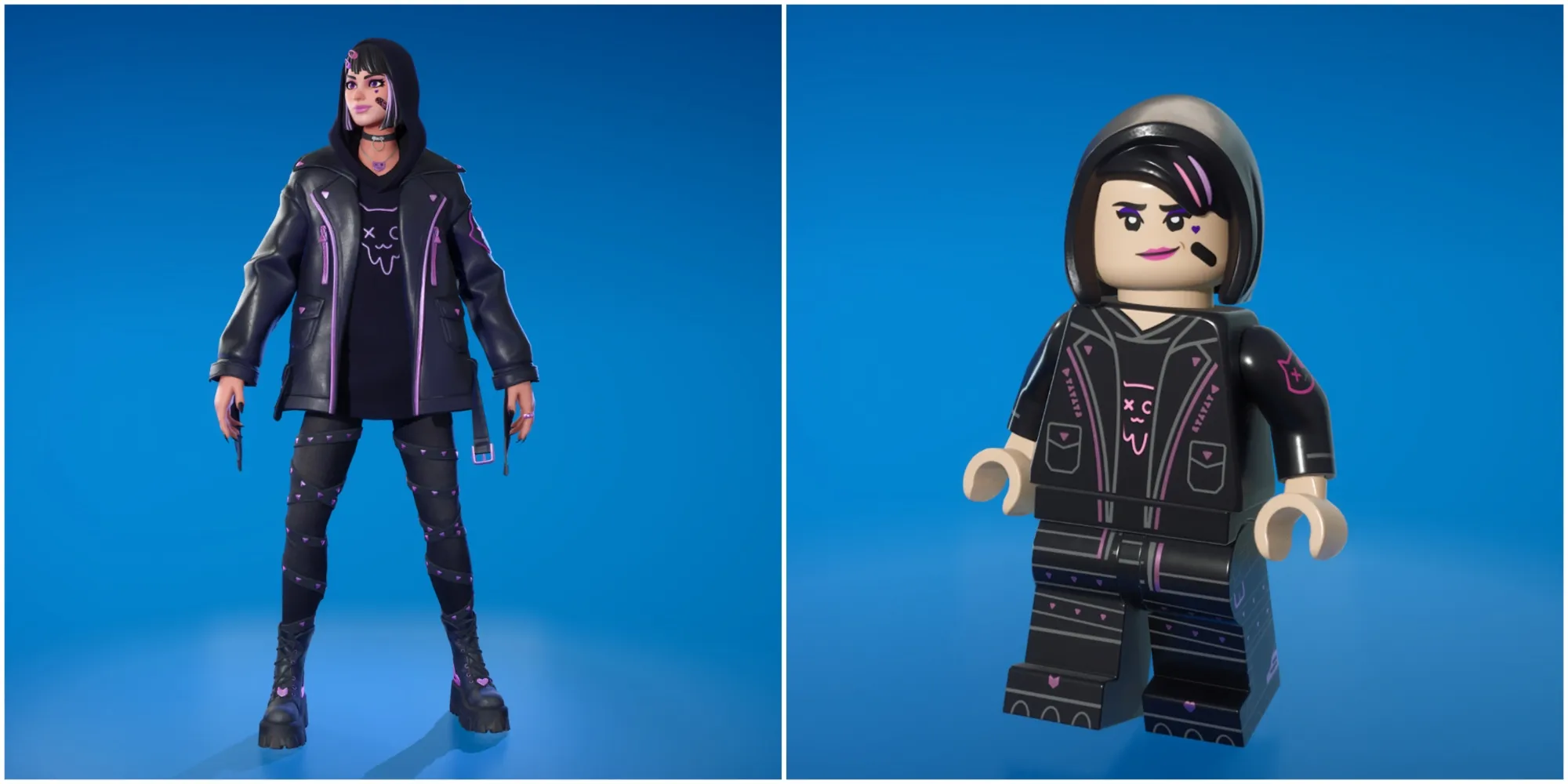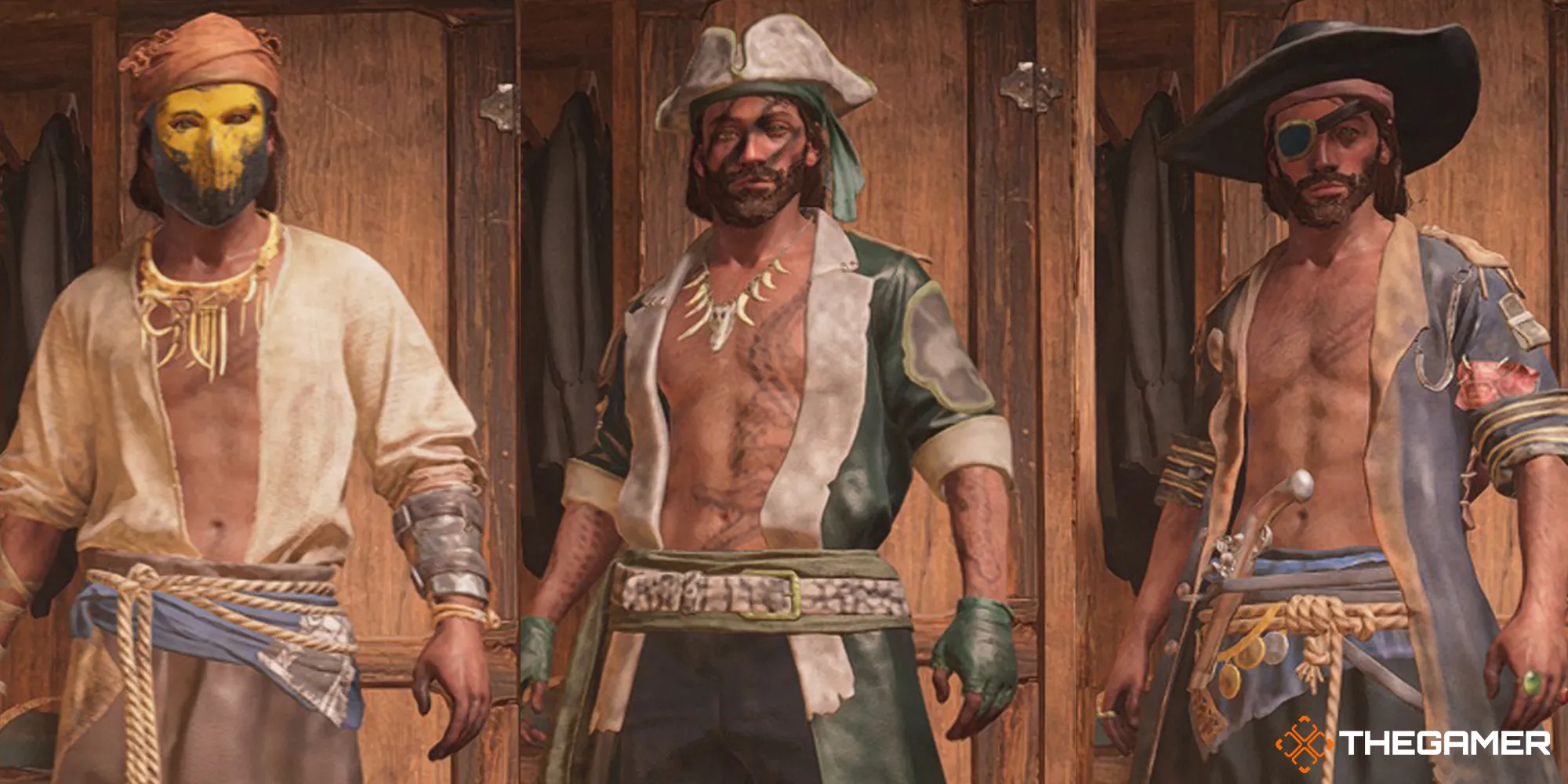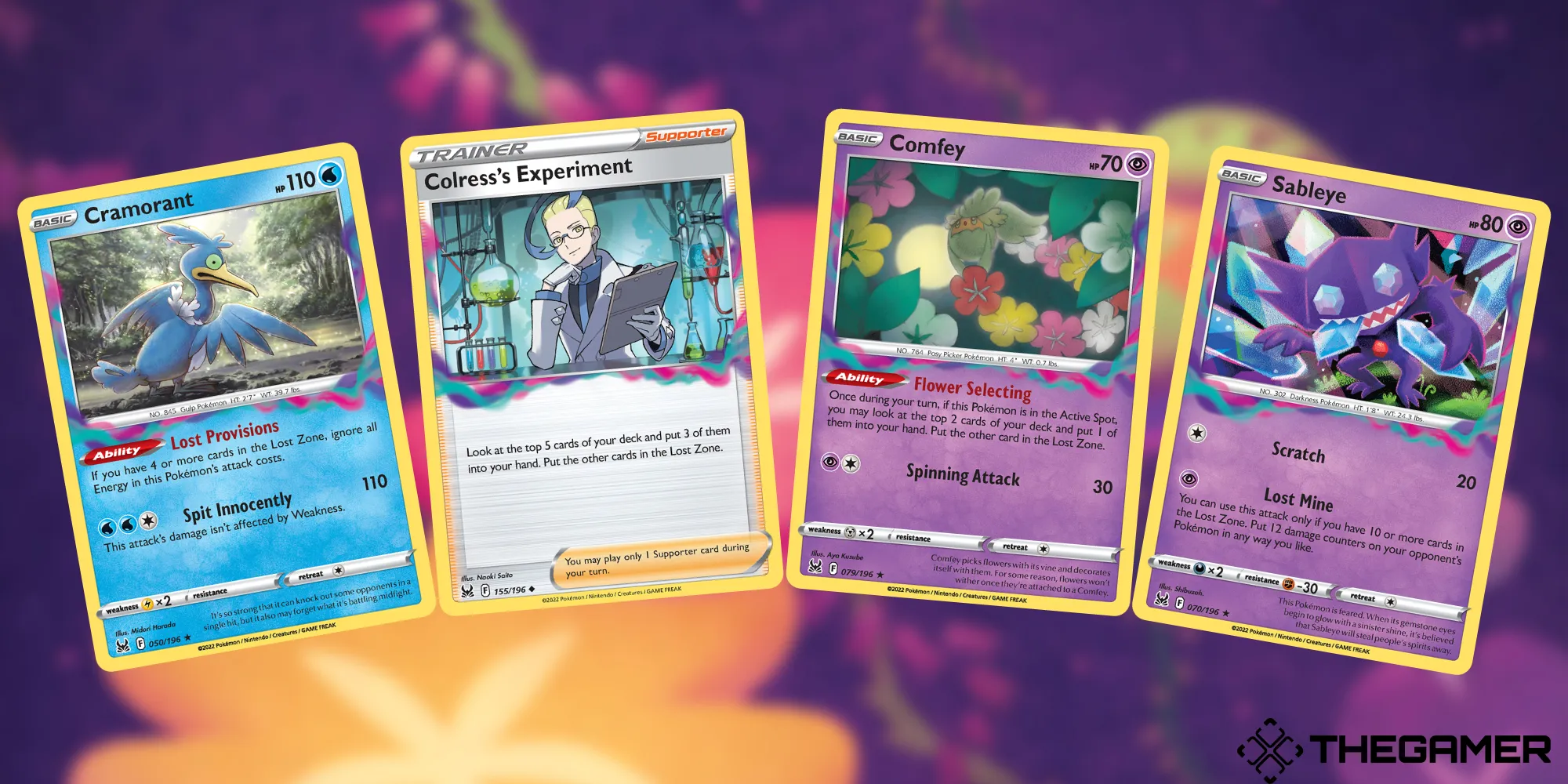Dragons in Dungeons & Dragons: From Menace to Ally
Daring and Commanding, Dragons Can Add Depth to Characters in Your D&D Campaign
D&D Roleplaying Dragons as the Dungeon Master
When it comes to Dungeons & Dragons, nothing quite captures the imagination like a dragon. Majestic, powerful, and iconic, dragons come in all shapes and sizes, each with its own unique abilities and personalities. From fearsome adversaries to potential allies, dragons can add depth and excitement to any campaign. So, let’s dive into the fascinating world of dragons in D&D and discover how to bring them to life!
Dragon Types & Personalities 🐉
Like a box of crayons, dragons come in a dazzling array of colors and types. Some are regular dragons, while others have chromatic or fae-like forms. But what really gives a dragon its character is its alignment. Just like other creatures and NPCs in D&D, a dragon’s personality is closely tied to its alignment, which can make your story more varied and flavorful.
Here’s a table that outlines the different dragon types and their corresponding natural alignments and personality traits:
| Dragon Type | Natural Alignment | Personality Traits |
|---|---|---|
| Regular (Black, Blue, Red, etc.) | Lawful/Chaotic Evil | Independent, Fierce, Intimidating |
| Chromatic (Brass, Gold, etc.) | Good, Neutral | Helpful, Intelligent |
| Dracolichs | Lawful/Chaotic Evil | Powerful, Reckless |
| Dragon Turtle/Fae | Neutral, Good | Playful, Greedy, Beast-Like |
So, the next time you encounter a dragon, remember to keep its type and alignment in mind to better understand its personality and motivations.
Roleplaying Based on Dragon Types 🎭
When creating your campaign, it’s important to choose a dragon type that best suits your story. Dragons can play a central role, acting as formidable foes or allies to the party of adventurers. Regular dragons are often the villains of the dragon world, flaunting their power and amassing treasure. On the other hand, chromatic dragons, sometimes known as metallic dragons, can assist and support the party during their quests.
- Crafting Jujutsu Kaisen The Ultimate Guide
- Tips and Tricks for Mastering Balatro
- How to Max Judgement Social Link and Fuse Messiah in Persona 3 Reload
Dracolichs, on the other hand, are an entirely different breed. These decayed dragons embrace death and become terrifying monsters, often working with cults and necromancers to further their undead agenda. Lastly, dragon turtles and fae-like dragons possess a more animalistic spirit. They hoard treasure like playful pets, finding joy in toying with adventurous souls.
Motivations for a Dragon 🐲
To create a memorable dragon in your campaign, it’s essential to give them core motivations and beliefs. Dragons are highly intelligent creatures with their own goals and ambitions. Some may seek their own lairs, while others might serve another dragon or entity in order to gain reputation or achieve a goal.
Dragons can be incorporated into your campaign’s plotline or serve as the opposing force to the party’s needs. For example:
- A dragon steals gold from an entire kingdom to pay a cult that can remove a curse, while the party must retrieve the stolen treasure.
- A chromatic dragon sends the party on a quest to reclaim a dragon-killing weapon to protect the last of its kind.
- A dracolich travels from town to town in search of a cleric who can grant it eternal life, destroying anyone who stands in its way.
Dragons don’t have to have a direct impact on the campaign, but they can provide background story progression that the party will notice as time passes. Their presence can enrich the world you’ve created and add depth to the adventures.
Interacting with the Party 🗣️
When roleplaying as a dragon, channel your inner bold and stoic warrior. Regardless of their alignment, dragons are fierce and intimidating creatures. As a Dungeon Master, you can bring them to life by focusing on their dictation and speech patterns. Most dragons are well-spoken, with centuries of experience under their wings, but they also tend to be harsh and direct when talking to others, especially adventurers.
Encourage your players to picture the scars and battle-worn features of the dragon they’re facing. Maybe it has a severe scar across its jaw that slurs its words, or perhaps its rage has blinded it, and negotiation is out of the question.
Even if a dragon isn’t the main villain of the campaign, it’s worth giving it its own personality and flair, which can help steer the party in the right direction. Silent dragons, such as fae dragons or dragon turtles, can still be roleplayed through their actions. Imagine a dragon turtle repeatedly bumping against the side of a ship, demanding a treasure offering, or a pseudodragon mischievously knocking glasses off a table in a tavern. These actions can speak louder than words and create memorable encounters.
Very few creatures in the D&D universe match the prowess and scale of dragons. With the right amount of personality and roleplay, you can create some of the most memorable moments and encounters for your party.
🔗 Reference List:
- Tips for Creating Memorable D&D Characters
- Wizards of the Coast – Dragons in D&D
- D&D Art of Dragons
- D&D Official Art
Now it’s your turn! Have you faced off against a dragon in your D&D campaign? Share your epic tales in the comments below and let the world know how you tamed the mighty beasts! And don’t forget to share this article with your fellow adventurers on social media. Remember, the more, the merrier!






